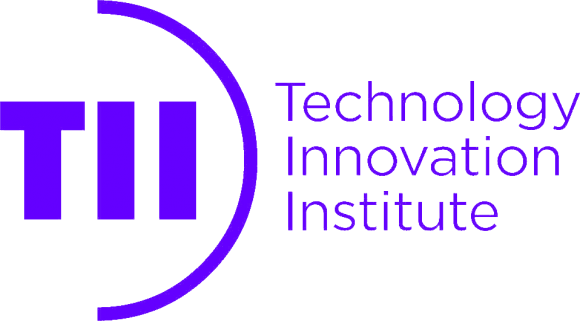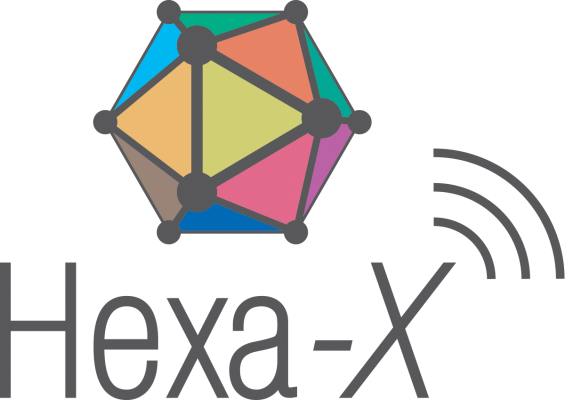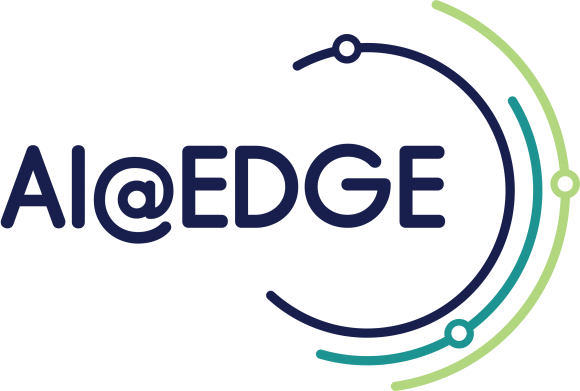IMPORTANT DATES
Paper Submission Deadline: 20. January 2023 3 February 2023
Acceptance Notification: 06. March 2023
Camera Ready: 15. March 2023
Registration for Accepted Papers: 15. March 2023
Workshop Date: May 28 or June 01
Motivation
The phenomenal growth of connected devices and the increasing demand for high data rate services have been the main driving forces for the evolution of wireless technologies in the past decades. It is expected that the volume of mobile data will continue to grow at an exponential rate, reaching up to a remarkable figure of about 5 zettabytes per month in 2030. Meanwhile, due to the emergence of the Internet-of-Everything (IoE) paradigm, supporting smart homes, smart cities, and e-health applications seamlessly through connecting billions of people and devices over a single unified communication interface, there is an urgent need to shift the focus from the rate-centric enhanced mobile broadband services to ultra-reliable low-latency communications (uRLLC) in order to provide a networked society through massive machine-type communications (MTC). The market demands by 2030 are envisaged to witness the penetration of a new spectrum of IoE services such as augmented reality (AR), virtual reality (VR), flying vehicles, haptics, telemedicine, autonomous systems, and human-machine interfaces. The unprecedented requirements imposed by these services, such as delivering ultra-high reliability, extremely high data rates, and ultra-low latency simultaneously over uplink and downlink, will push the performance of 5G systems to its limits within 10 years of its launch. Moreover, the emergence of such new IoE services necessitates integrating the computing, control, and communication functionalities into a single network design. In order to deliver future cutting-edge services and accommodate their aforementioned heterogeneous requirements, a new breed of challenges have to be effectively addressed. This includes leveraging sub-terahertz (THz) bands, governing the network performance set by a targeted rate-reliability-latency trade-off, provisioning flexibility in the network architecture and functionalities, and designing an intelligent holistic orchestration platform to coordinate all network resource aspects, including communication, control, computing, and sensing, in an efficient, self-sustainable, and scalable manner, which is tailored to the demands of a specific application scenario or use case. The evolution of 5G has urged the conceptualization of beyond 5G (B5G) wireless systems, including the sixth generation (6G), which should be capable of unleashing the full potentials of abundant autonomous services comprising past, as well as emerging trends. More precisely, 6G is envisioned to bring novel disruptive wireless technologies and innovative network architecture into perspective to realize the evolution from connected everything to connected intelligence, thus enabling ‘‘Human-Thing Intelligence’’ interconnectivity.
Topics of Interest
Therefore, this workshop aims at presenting the most relevant scenarios, prominent research outcomes and state-ofthe-art advances of B5G related to ultra-reliable low latency communications. Only technical papers describing previously unpublished, original, state-of-the-art research, and not currently under review by a conference or a journal will be considered. Topics of interest include, but are not limited to, the following:
· Key drivers and requirements for URLLC in 6G
· Digital twin-enabled 6G for URLLC
· Space-air-ground integrated networks for URLLC
· Federated Machine learning for 6G wireless networks
· Multi-agent Reinforcement learning for 6G wireless networks
· Integrated Aerial/Terrestrial Networks
· AI & Data Analytics in Intelligent, Adaptive, and Efficient Networks of 2030s
· Ubiquitous 3D Super-Connectivity for networks of 2030s
· Predictive Resource Allocation and Scheduling for 6G
· Novel and Innovative NOMA solutions for 6G
· MULTI-ACCESS EDGE COMPUTING for Future Networking
· Cross-Layer design and performance analysis for low latency applications
· Protocol stack restructure and procedures for low latency communication
· Coverage improvement techniques for low latency communication
· Spectrum aspects of URLLC – carrier frequency and spectrum requirements
· Network slicing and network functions virtualization – with focus on low latency
· Novel approaches towards session management and protocol stack,
· RAN concepts in the context of latency- or reliability-critical applications,
· Architectural enablers for distributed or edge computing,
· Technical solutions to allow for a co-existence of traffic with stringent latency/reliability requirements and other traffic (e.g. with ultra-high throughput requirements).
· Enabling technologies: e.g., SDN, NFV, CRAN, D2D, cloud/fog computing and networking
· Emerging cellular architectures for distributed and flexible network functions in 5G/B5G
· Network/Resource slicing and network functions virtualization with focus on low latency
· Advanced radio resource management techniques for URLLC
· Low latency industrial control systems
· Information theoretic results for low latency communications
· Joint Control and Communication management for 5G use cases such as V2V, V2X and V2I
· Risk-Aware Resource Allocation for URLLC




































